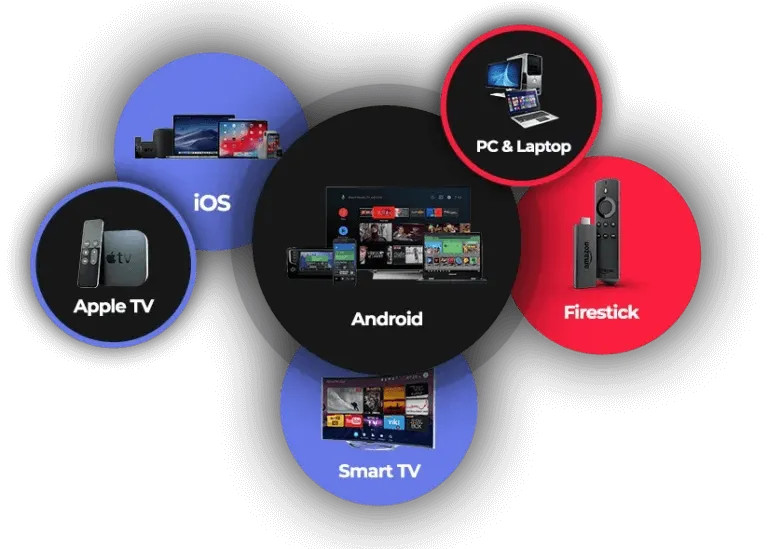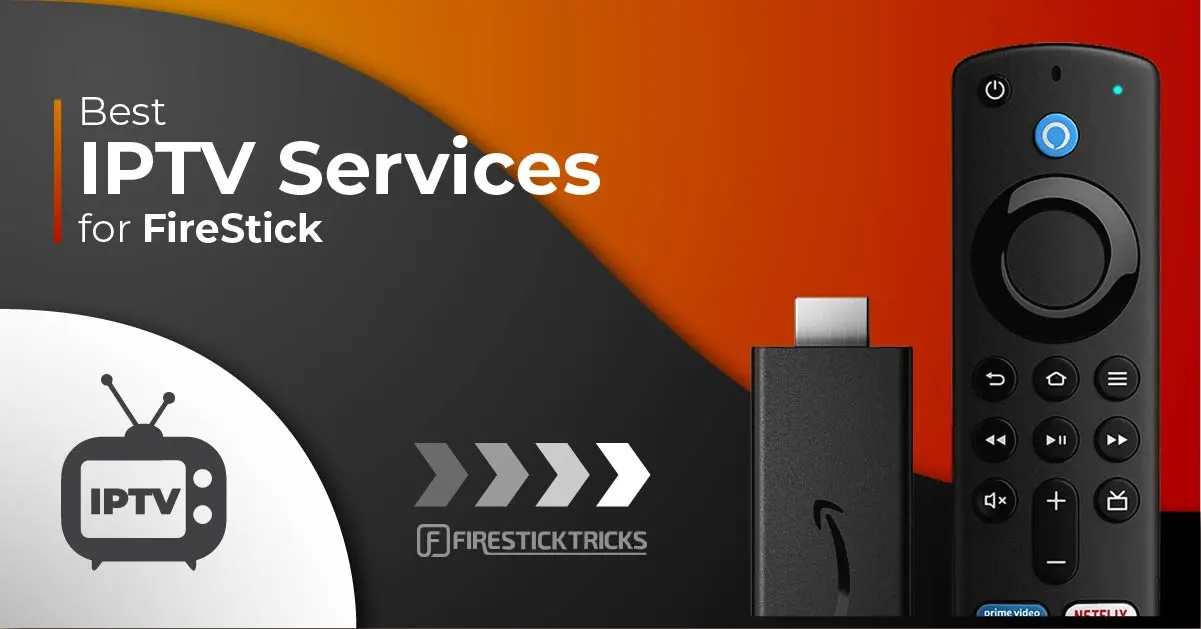Experience Smooth Streaming: Register For Our IPTV Subscription
Experience Smooth Streaming: Register For Our IPTV Subscription
Blog Article
Exactly How IPTV Works: A Step-by-Step Overview to Internet Method Television Technology
Net Protocol Tv (IPTV) has actually transformed the means we consume tv material, using a brand-new realm of opportunities via the power of the web. Comprehending the details of exactly how IPTV works can drop light on the modern technology that drives this innovative kind of media delivery. From the essential concepts of IPTV to the complex procedure of web content distribution, each action plays an important role in ensuring a seamless watching experience. In this guide, we will discover the underlying devices that make IPTV an interesting blend of modern technology and amusement.
IPTV Basics
In understanding IPTV basics, it is critical to comprehend the essential operations of this modern technology in supplying tv web content over the net. IPTV, which represents Web Protocol Television, uses Net Protocol (IP) networks to transmit television web content to individuals' gadgets. Unlike typical methods of transmitting tv web content with cable or satellite signals, IPTV streams media with high-speed internet links.

Furthermore, IPTV enables interactive abilities, such as video clip as needed (VOD) and digital program guides (EPG), enhancing the individual experience by supplying more control and adaptability in accessing web content. Generally, recognizing the essentials of IPTV establishes the foundation for exploring its advanced functionalities and the benefits it offers to contemporary tv consumption.
Material Distribution Refine
Effective material delivery in IPTV systems entails a well-structured procedure that makes sure smooth transmission of tv material over IP networks. The material distribution process in IPTV starts with the creation of the video material, which is then inscribed right into digital format suitable for IP transmission. This encoded content is then securely saved on web servers called media servers. When a visitor demands certain content, the IPTV system retrieves the asked for information from the media web servers and supplies it to the audience's device over the net.

Middleware Capability
With the integration of middleware, IPTV systems gain enhanced performance that simplifies individual communication and web content administration. Middleware works as a vital element that bridges the gap between the interface and the back-end infrastructure, promoting smooth interaction and communication within the IPTV system. Among the essential features of middleware in IPTV is to make it possible for customized user experiences by offering functions such as interactive program guides, video-on-demand solutions, interactive advertising, and customer choices management. By streamlining these functionalities via middleware, company can provide a much more vibrant and customized IPTV experience to their customers.

Device Compatibility
Provided the pivotal function of middleware in enabling smooth interaction and web content administration in IPTV systems, a vital element to think about is the compatibility of devices made use of for accessing the IPTV solutions. Device compatibility is crucial for making certain a smooth user experience and optimal efficiency when accessing IPTV web content.
In the context of IPTV, tool compatibility describes the capability of a tool to effectively connect with the IPTV solution, show material properly, and sustain the necessary methods and codecs for streaming video content online. Different tools, such as clever TVs, set-top boxes, smartphones, tablet computers, and computer systems, might have differing degrees of compatibility with IPTV services.
To ensure a smooth watching experience, it is necessary for individuals to choose devices that are suitable with the details IPTV service they are making use of. Additionally, IPTV company ought to use support for a wide variety of tools to satisfy the varied demands of their customer base. By focusing on tool compatibility, both individuals and company can boost the overall IPTV experience.
High Quality of Service (QoS)
Considering the vital function of preserving a high criterion of performance and integrity in IPTV systems, making my sources certain consistent Top quality of Solution (QoS) continues to be a basic element of the user experience. QoS in IPTV refers to the capacity of the system to provide material with marginal interruptions, high resolution, and quick packing times. To accomplish ideal QoS, various factors require to be resolved. Network bandwidth is vital to support high-quality video streaming without buffering or pixelation. In addition, latency, jitter, and package loss need to be reduced to enhance the viewing experience.
Provider use QoS devices such as web traffic prioritization, buffering, and mistake modification to preserve a secure IPTV service. By prioritizing IPTV web traffic over much less time-sensitive data, service providers can guarantee smooth playback even throughout optimal use hours. Buffering helps make up for network variations, while mistake modification techniques improve information honesty.
Constant tracking and optimization of QoS parameters are vital to adjust to altering network problems and user demands. Ultimately, a durable QoS structure is essential for providing a smooth and satisfying IPTV experience to users.
Verdict
Finally, IPTV runs through the transmission of tv material over internet method networks. The technology entails a systematic procedure of material delivery, promoted by middleware performance to guarantee compatibility throughout various gadgets. High quality of Solution plays a vital duty in preserving the performance and integrity check this site out of IPTV services. Understanding the basic principles of IPTV is essential for understanding the ins and outs of this cutting-edge tv technology.
Report this page